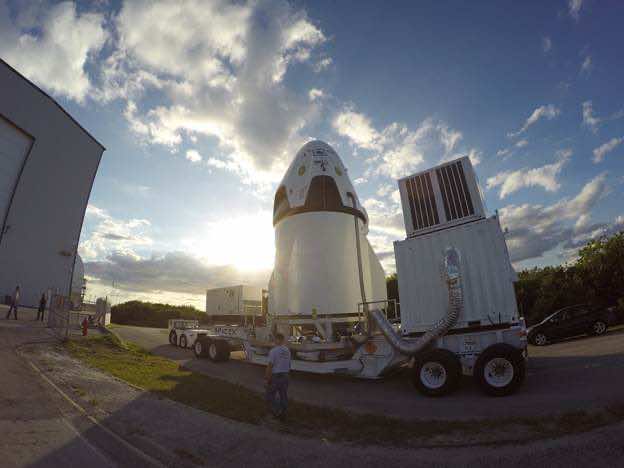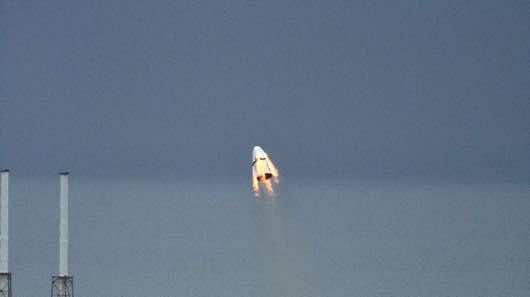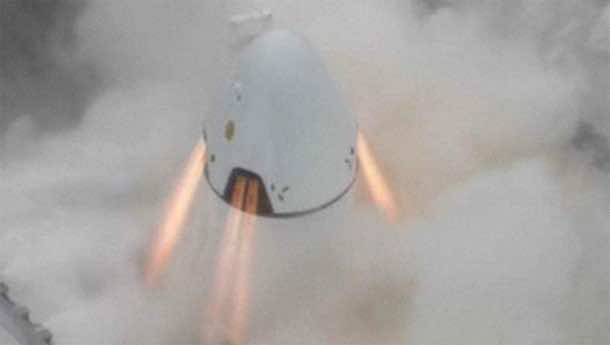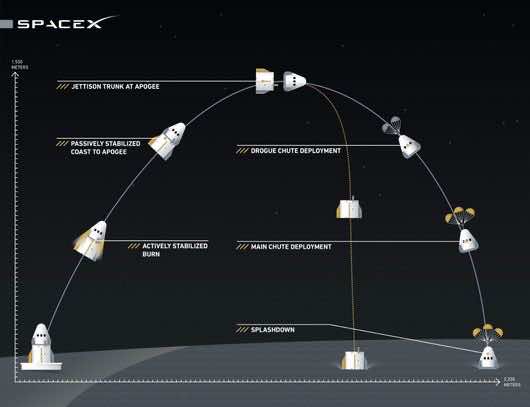The lives of the crews are critical in a space shuttle mission. The launch takes a lot of money and technological work, but the lives of the people who have trained so much and sacrificed a lot need to be protected and saved. So, in order to protect them, Launch Abort systems (LAS) are deployed when a danger arises. These systems have been in place since the early days of manned flight, as in the Voyager 1 and 2, but the new Crew Dragon Capsule employs a new and improved way for the astronauts.

Elon Musk and his SpaceX are working hard to make commercial space ventures both safe and financially viable. We saw an example of this as we witnessed SpaceX’s attempts to reuse the rocket boosters jettisoned from the spacecraft. It is hoped that once the space travel is cheaper and safer, mass travel and research into space could be done. The Crew Dragon Capsule has much higher safety arrangements it differs from the previous versions of LAS by the virtue of it not following the rocket tower shape. A rocket tower just like ejection seats is perched on top of the rocket and its fires away from danger. In NASA’s Orion craft, the LAS entirely comprises the command capsule.
This LAS design has been a success in past times and it is due to this system that potential risks were reduced. But, it does present certain hazards to the crew. For example, if the ejection of the rocket tower fails itself due to some technical fault, the lives would be in danger. Also, if the spaceship experiences problems after a few minutes of launch, the rocket tower system won’t be able to help. SpaceX’s system differs from this to ensure a safer process that can be pursued upto the point of joining the orbit.
The walls of the crew dragon spacecraft are fitted with eight SuperDraco engines fitted in the walls of the craft itself. Each engine is capable of managing 15,000 lbs of thrust. When a contingency arises, the eight thrusters ignite and craft as a whole is separated. This new system satisfies all the standards and requirements for space travel while reducing the risk to bare minimum level.
SpaceX recently undertook a pad test for this new system. The Dragon capsule launched 5000 feet into the air with amazing speed and at the highest point in the trajectory, the trunk dissociated itself and the chutes deployed. Afterwards which, the capsule started gracefully gliding towards the ocean itself. The capsule was fitted with an astonishing 270 sensors and according to SpaceX, the goal is to to get as information as possible.
Now that the test is complete, the Crew Dragon will be transported to SpaceX’s Texas facility. It will undergo further refurbishment to be ready for more missions. NASA and SpaceX have benefitted from each other’s work in recent times and it is possible that NASA might take this system and install it in its own fleet of spaceships.
Check the cool video here:





